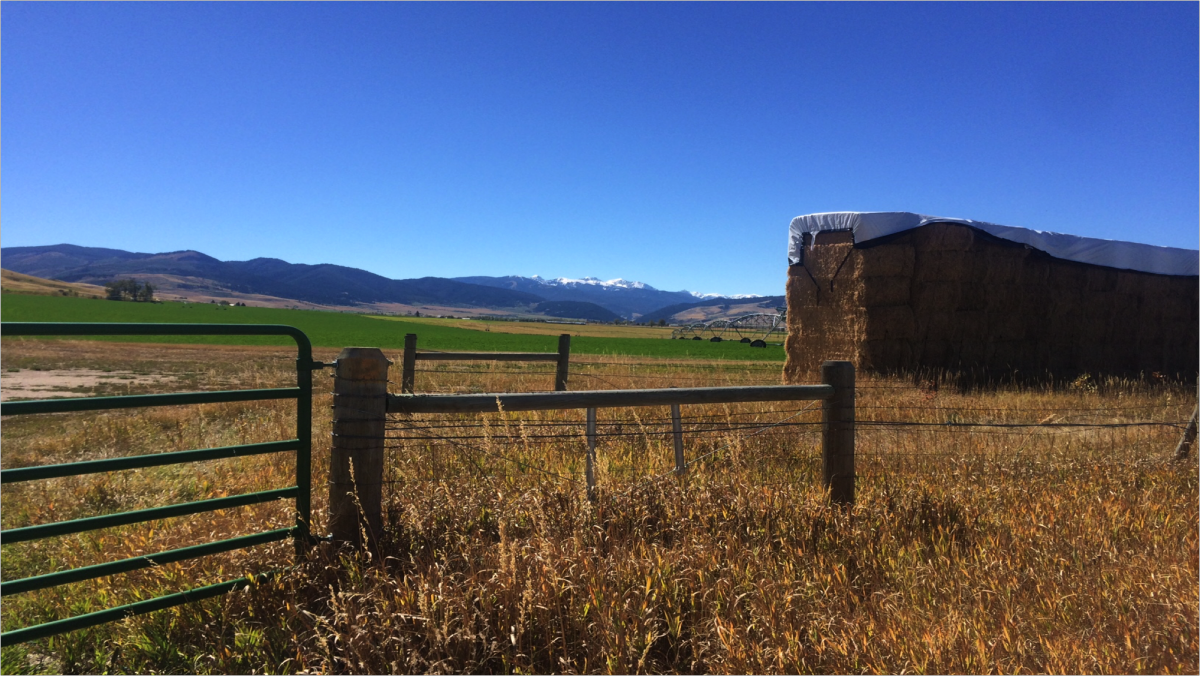How Entrepreneurs Help Ecology
By: John A. Baden, Ph.D.Posted on October 15, 2015 FREE Insights
Few environmentalists celebrate entrepreneurs' contributions to conservation and environmental quality. I do. As one example, below are notes from my talk next week at Duke University, "How Entrepreneurs Harmonize Liberty, Ecology, and Prosperity".
Entrepreneurs discover innovative ways to organize and mobilize people and other resources to produce things people value. They need not invent things, few do. People value far more than financial returns, good habitat, health, and civic responsibility are examples.
Entrepreneurs sense opportunities to create novel arrangements to achieve social, environmental, and financial objectives. Institutional entrepreneurs create innovative arrangements to coordinate behavior among strangers.
Commercial entrepreneurship
Commercial entrepreneurship is easy to understand and success easy to measure. In the commercial arena people collect, organize, and sell a mix of resources in some innovative way. Successful experiments survive. One important function of a capitalist system is the separation of ignorant and systematically unlucky people from the control of resources. There is no analogous process in government.
Commercial examples
The market process generates many strong incentives for entrepreneurs to advance environmentally favorable processes and arrangements. There are two of them in this photo: (1) hay tarps substitute for hay barns and (2) low-pressure center-pivot irrigation.

Hay is comprised of grasses and legumes such as alfalfa. Livestock on a maintenance diet require about 2% of their body weight per day, 3% for weight gain. A 1,000 pound steer eats roughly 30 pounds a day. Counting waste, that's a ton every two months. In the Gallatin Valley of Montana we count on feeding for five to six months. (In an easy winter and with global warming it's less.)
That's nearly three tons per animal. Hay costs roughly $140/ton. If left outside and uncovered, we lose about 10% due to spoilage. There is also a significant loss of nutritional value. If uncovered and outside, hay carried over from one season to the next loses most of its value.
Given these factors, farmers and ranchers build hay-barns, shelters with a roof but no sides. These cost $10 per square foot or more--and are taxed and insured. Entrepreneurs devised alternatives.
With modern materials and UV protection, various sellers offer strong light, tough, long lasting tarps and wraps. These hay coverings cost far less than barns, roughly one twentieth. This is just one of several experiments. More will surely be forthcoming. Unknown entrepreneurs are working on it now. Some current producers will be displaced. That's the way the market operates.
Economizing while irrigating
West of the 100th Meridian rainfall generally drops below 20" year. The average in the Bozeman, Montana area is 18". (Durham, NC in contrast is 48".) This means that irrigation will increase production.
On our ranch dry-land hay averages one to one and a half tons per acre. Irrigated hay yields five to six tons. Question: How can get water on the land?
Answer: There are many ways and they have evolved.
The original method was to flood irrigate via diversions, ditches, and small dirt and canvas dams. That's why irrigators carried shovels. This worked but application was limited. It required skilled, attentive, conscientious labor to do it well. Flooding also used a great deal of water, much however going to recharge ground water.
The opportunity cost of using water has gone up. The Bozeman area has become a fly-fishing Mecca. (photo A River Runs Through It) Water left in the spring creeks and rivers has a high value for trout fishermen and outfitters. This is a huge and politically powerful business. Flood irrigation is claimed to waste water, to consume more than some alternatives including sprinkling.
Water only flows uphill through investment. This implies expensive pumps, pipes, and people to manage and move them. Forty years ago we used 100 HP electric pumps to produce 90 to 100 psi of water to run through "big gun" sprinklers.
Factor prices gradually changed and entrepreneurs responded. Power prices have gone up substantially and labor is harder to find and more expensive. Entrepreneurs have responded and produced a gradual evolution in water delivery systems.
The center pivot irrigation requires less than one fourth the power required for the big guns we formerly used. Since water builds .4 a pound of pressure for every foot it drops in a pipe, irrigators move their diversion upstream. A mere 60 foot drop generates 24 psi of pressure. This is enough to run a center pivot. Because gravity is free, the price of power to run a pump drops to zero.
Center pivots also economize on labor. Buried lines convey water to the center. Once in place, they are not moved. Further, the pivots are computer controlled. Naturally, specialists must program and adjust the delivery of water. Water under a pivot is more evenly applied to the crop and more can remain in the river for trout.
The best article in economics explains evolution of hay and irrigation systems. It is Friedrich Hayek's "The Use of Knowledge in Society", American Economic Review, 1945.
It tells us how the market process uses widely dispersed and site-specific information to guide behavior in constructive directions. This process generates environmental improvements as individuals and firms respond to market and non-market incentives and to opportunities offered by competing entrepreneurs.
All of this is done with out central direction but in the context of property rights and the rule of law. I am encouraged that environmentalists increasingly recognize and appreciate the entrepreneurial process.

